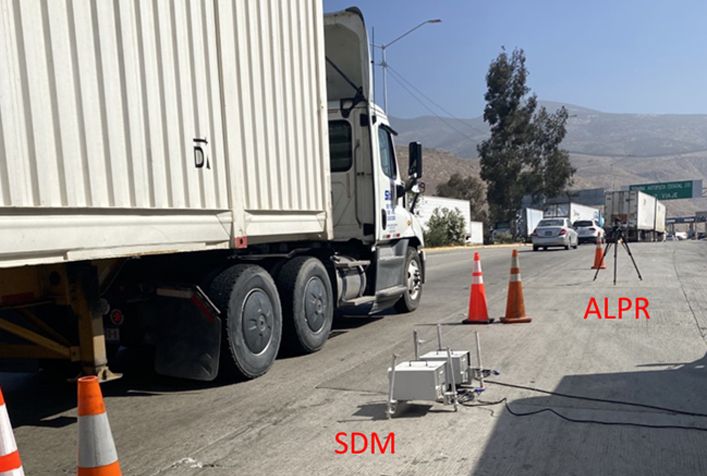Emissions Inventory Support to Help Characterize Mexican Sources Affecting Imperial County Air Quality

Project Brief
The Challenge
Imperial County in southeastern California is designated as nonattainment for federal ozone and particular matter (PM10 and PM2.5) standards. Prior emissions categorizations had determined that much of the pollution contributing to nonattainment status came from Mexico, but the California Air Resources Board wanted to more accurately characterize how international transport of these pollutants from Mexicali and northern Baja California in Mexico was impacting air quality in Imperial County. CARB contracted with ERG to characterize current Mexican emissions. In addition, because on-road motor vehicles are typically so prominent in emissions inventories, CARB also tasked ERG with characterizing the Mexico vehicle fleet operating in the California/Baja California border area and requested that this characterization be of the highest possible quality.
ERG's Solution
ERG’s approach to the emissions characterizations work was based on our almost 30 years of experience developing and evaluating Mexico emissions inventories. We began the emissions inventory work by critically reviewing the 2014 Mexico National Emissions Inventory for the Mexican state of Baja California. We also supplemented this review with observations and data collection during a week-long site visit to Mexicali for “on the ground” observations of four key nonpoint (area) source categories: border crossings, agricultural burning (asparagus, wheat, and Bermuda grass), brick kilns, and windblown dust. Based on our findings, we made technical improvements to the 2014 MNEI data and results for Baja California. For the Mexico border area vehicle fleet characterization, we combined our extensive experience collecting and analyzing remote sensing data with our experience developing the Mexico-specific MOVES-Mexico model to provide the highest quality characterization that is currently feasible. Using license plate recognition and RSD vehicle emission measurements. we collected data in Tijuana, Mexicali, and Tecate. Our analysis of the Baja California RSD data found that unregistered vehicles with very high emissions levels are a significant source of emissions in the border area.
Client
California Air Resources Board